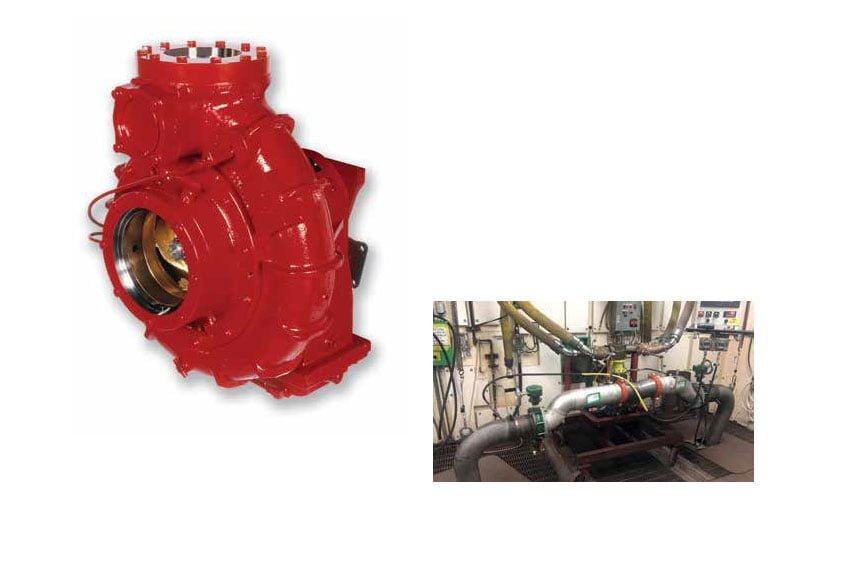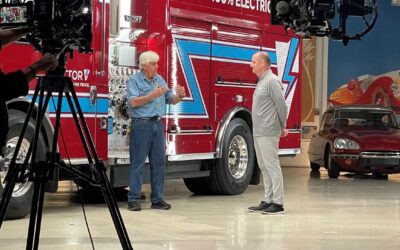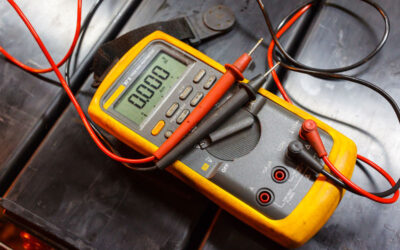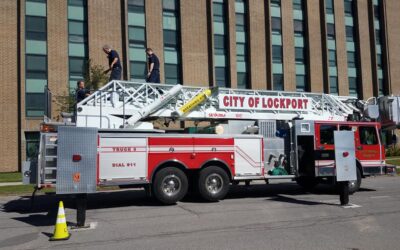How does Darley go about validating a new pump product it is thinking of offering for sale?
Answered by Cory Huston, Mechanical Engineer II
There are several different tests conducted to ensure a new pump works as desired. The first test is dry vacuum testing to ensure that it holds a vacuum. The pump will be taken to at least a 22 in/Hg (75 kPa) dry vacuum and then watched to see how that vacuum changes over time. That vacuum cannot drop more than 10 in/Hg (34 kPa) in a five-minute time span to be considered passing. The pump would then go through a hydrostatic pressure test to ensure it’s structurally capable of containing pressure. Typical hydrostatic pressure tests are done at 500 PSIG (3400 kPa) for a 10-minute time span without any leaks whatsoever for it to be considered passing.
Related Content
- Ask a Darley Engineer: Thermal Relief Valves
- Ask A Darley Engineer: What is the latest with C8 Class B foams?
- Ask a Darley Engineer: Pump Components and Corrosion
The next test is finding the highest flow rate when following NFPA or CCC guidelines. This is done by running at the highest flow rate we think the pump could be rated for, at the overload discharge pressure of 165 PSI (1100 kPa), while finding what the maximum suction vacuum is. We find that maximum suction vacuum by putting a valve in the suction hose and then slowly closing that valve until a greater suction vacuum cannot be attained while we adjust the engine speed to keep the flow rate and discharge pressure at the rating point. If the pump can adequately attain the necessary suction vacuum that demonstrates the required drafting height plus a margin of safety for that flow rate, then the pump is deemed capable of that rating. Our margin of safety ondrafting height is typically 1.5 ft (.46m) over the required drafting height. The pump will then be run at its maximum ratable flow rate for four hours continuously, at the overload discharge pressure, to ensure the transmission oil temperature stabilizes and does not exceed our desired temperature limit which is typically 250˚F (121˚C). If it passes that test, we then run a full pump curve.
A full pump curve is simply running the pump at every imaginable engine speed and flow rate we think is possible for it to endure. If the pump operated smoothly throughout that entire pump curve testing, it would then be considered passing that test. We then run the pump in four-hour time blocks at the performance points of its maximum rating. Say for a 2,250-gpm-rated pump, we would run at 2,250 gpm at 165 psi for four hours followed by running at 2,250 gpm at 150 psi for four hours followed by running at 1,575 gpm at 200 psi for four hours followed by running at 1,125 gpm at 250 psi for four hours and then repeating those same four-hour blocks all over again. This keeps repeating until the pump has a total
run time of 100 hours. After all that testing is passed, the used oil from the transmission is sent out for a laboratory analysis. We then disassemble the pump and examine the used parts for any signs of unexpected wear. If the used oil was still usable and the used parts appeared to have normal wear, we would deem the entire pump passing its required testing and be available for sale.
For more information, visit www.darley.com.






